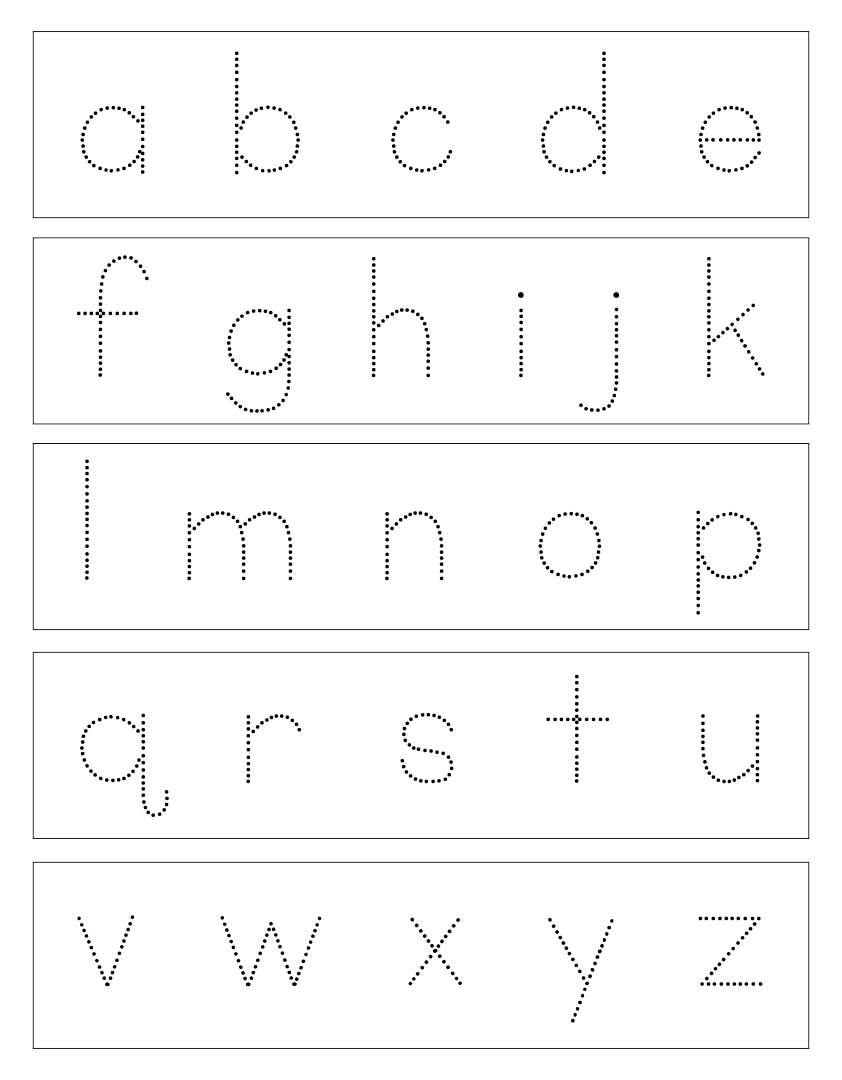Learning to write the lowercase letter “a” is an important step in a child’s literacy development. Tracing letters helps children improve their fine motor skills and hand-eye coordination. It also familiarizes them with the shape and form of the alphabet, laying the foundation for future reading and writing skills.
Tracing activities are a fun and engaging way for children to practice forming letters correctly. By following the dotted lines, they can learn the proper strokes and directionality of each letter. The lowercase letter “a” is a good place to start as it is a simple and common letter that appears frequently in words.
Lowercase Letter a Tracing
To trace the lowercase letter “a,” start at the top and curve down to the left. Then, make a small hump back up to the top, followed by a straight line down to the bottom. Finally, add a small tail to the right. Practice tracing the letter “a” several times to improve your penmanship.
It is important to encourage children to hold their writing utensil correctly and to apply the right amount of pressure when tracing letters. By providing them with opportunities to practice tracing letters, you can help them develop confidence and proficiency in handwriting.
Tracing letters can be incorporated into daily activities such as drawing, coloring, and writing practice. By making it a fun and interactive experience, children are more likely to enjoy and engage with the process of learning how to write the alphabet.
As children become more familiar with tracing letters, they can progress to writing them independently. The lowercase letter “a” is just the beginning – there are 25 more letters in the alphabet waiting to be explored and mastered. By starting with lowercase letter tracing, children can build a strong foundation for future literacy success.
In conclusion, lowercase letter tracing is a valuable activity that helps children develop important fine motor skills and handwriting abilities. By practicing tracing the letter “a” and other alphabet letters, children can improve their penmanship and prepare for reading and writing tasks. Encourage your child to enjoy the process of learning and exploring the alphabet through tracing activities.
